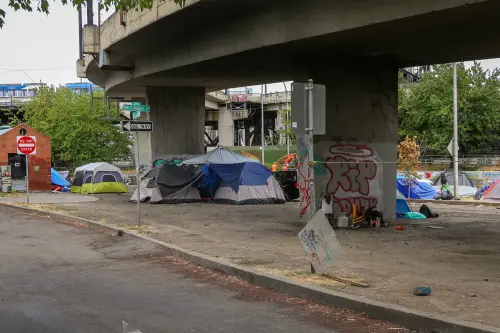Within a week, Hurricane Katrina displaced more than a million Gulf Coast residents. Though about half of the evacuees returned to their homes within days of the storm, up to 600,000 households remained in hotels, shelters, and other temporary housing a full month after the storm’s landfall. Now, more than 70 days later, nearly 500,000 displaced families are living in, or transitioning to, rental housing subsidized by the federal government, while another 50,000 to 100,000 remain in temporary housing.
Addressing this situation requires action along broad policy goals. Clearly, flexibility in the federal housing response is key to accommodating the various needs of displaced families. Helping families find more secure, longer-term housing as they begin to find jobs and return to some semblance of normalcy, especially for their children, no matter the location is paramount. Also important is enabling those families who are eager to return to their long-time neighborhoods in New Orleans or Biloxi to do so, so they can begin cleaning out and repairing their homes. The response must also allow businesses, large and small, to find and retain workers so they can quickly contribute to the reconstruction of the Gulf Coast and its economy.
But, in the current fiscal environment, the federal housing response must also be cost-effective while meeting the scale of the housing challenge.
In the following tables, we analyze the status and use of the storm recovery housing options currently made available by the Bush administration, along with the known costs associated with each type of housing aid. We find that the federal government has allocated a substantial amount of money for housing displaced families. But, the government’s policy response has not been cost-effective and does not make sufficient use of the Section 8 housing voucher.





